We wanted to share with you some of our latest readings that we found quite interesting:
“Endless forms, most beautiful”

The book is written by Sean Carroll – Professor of Molecular Biology and Genetics and an Investigator with the Howard Hughes Medical Institute at the University of Wisconsin.
Endless Forms Most Beautiful: The New Science of Evo Devo talks about how life was formed; about the process of developement of living organisms and how it is connected to evolution.

In this book you can find the answers to questions like:
How the butterfly got its spots?
Why do zebras have patterns on their skin?
How Homo sapiens got his “beautiful mind”?
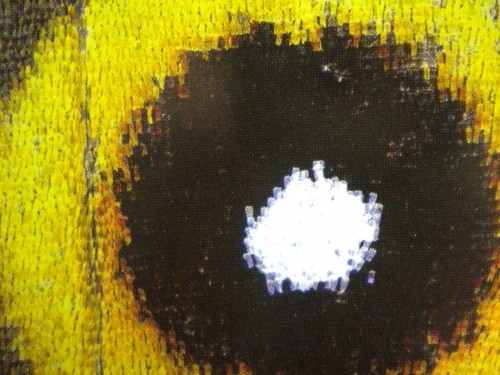
If you’re interested in the process of evolution; in biology and genetics, Endless Forms Most Beautiful: The New Science of Evo Devo would be a great introduction to the subject.
“Self-organization in biological systems”
Self-Organization in Biological Systems: (Princeton Studies in Complexity) is another interesting book and truly a primer on self-organization in biological systems.
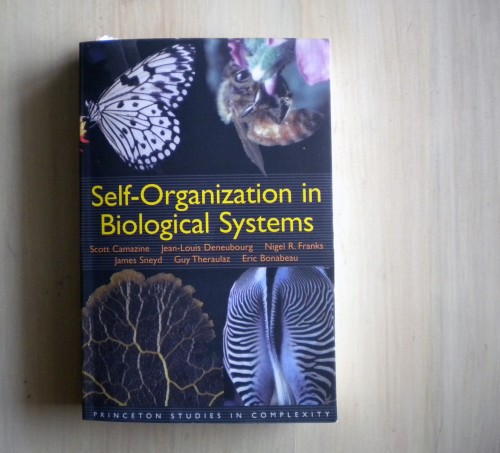
Multiple examples and case studies of self-organization in the natural world are provided as well as some NetLogo code.
The book is all about self-organization in biological systems; the emergence of order in nature; pattern formation in space and time.
Case studies include:
- Pattern formation in slime molds and bacteria
- fish schooling(we published an experiment on this topic some time ago on MORPHOCODE / LAB)
- synchronized flashing among fireflies
- termite mound buildings
- comb patterns in honey bee colonies
- wall building by ants and many others…
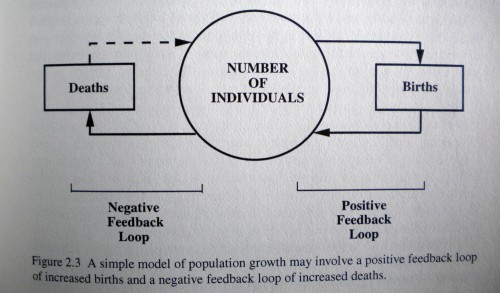
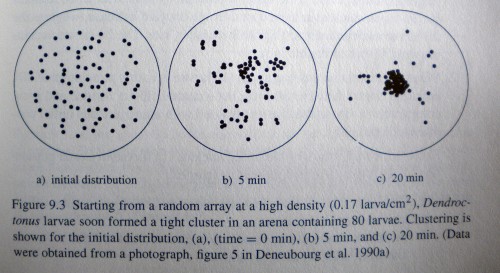
Here are a few basic quotes:
What is self-organization?
“Self-organization is a process in which pattern at the global level of a system emerges solely from numerous interactions among the lower-level components of the system. Moreover, the rules specifying interactions among the system’s components are executed using only local information, without reference to global pattern.”
Why is self-organization important?
“Understanding the mechanisms that underlie a behavior is a necessary first step toward understanding how the behavior evolved. Evolutionary theories often make assumptions that can only be justified by looking at mechanisms…
No evolutionary stance is fully plausible without a careful examination of the potential underlying mechanisms.”
“The codewriting workbook”
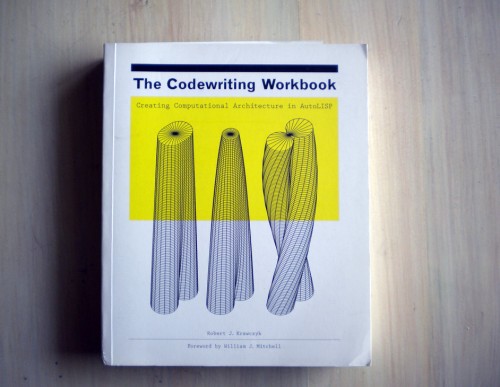
We’ve been conntacted by Russell Fernandez from Princeton Architectural Press who sent us this book.
The book is conceived as a primer for architects, artists, and designers trying to learn some basic programming concepts for CAD and has a very simple and elegant graphic design that we loved. The subtitle is: “Creating computational Architecture in AutoLISP”. AutoLISP is computer language developed by AutoDesk and could be applied in AutoCAD. You can find multiple examples in the book + AutoLISP code.
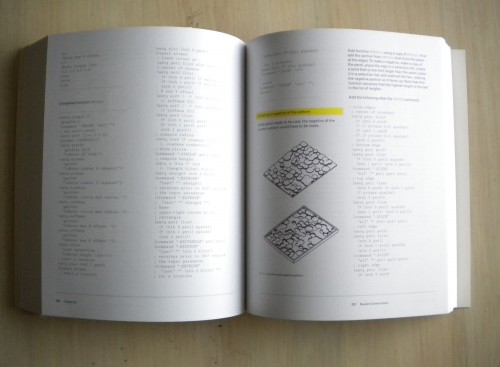
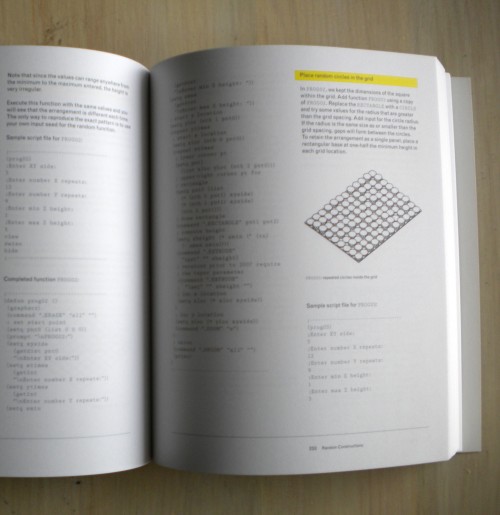
The Codewriting Workbook: Creating Computational Architecture in AutoLISP is a nice book especially if you’re trying to learn some basic programming techniques and define new vocabularies in AutoCAD. Although outdated, this approach might be useful and could provide some inspiration for learning other, more intuitive software techniques.




